Cadaver Medical Drawing Identifying Most Frequent Inflammation Points on the Human Body
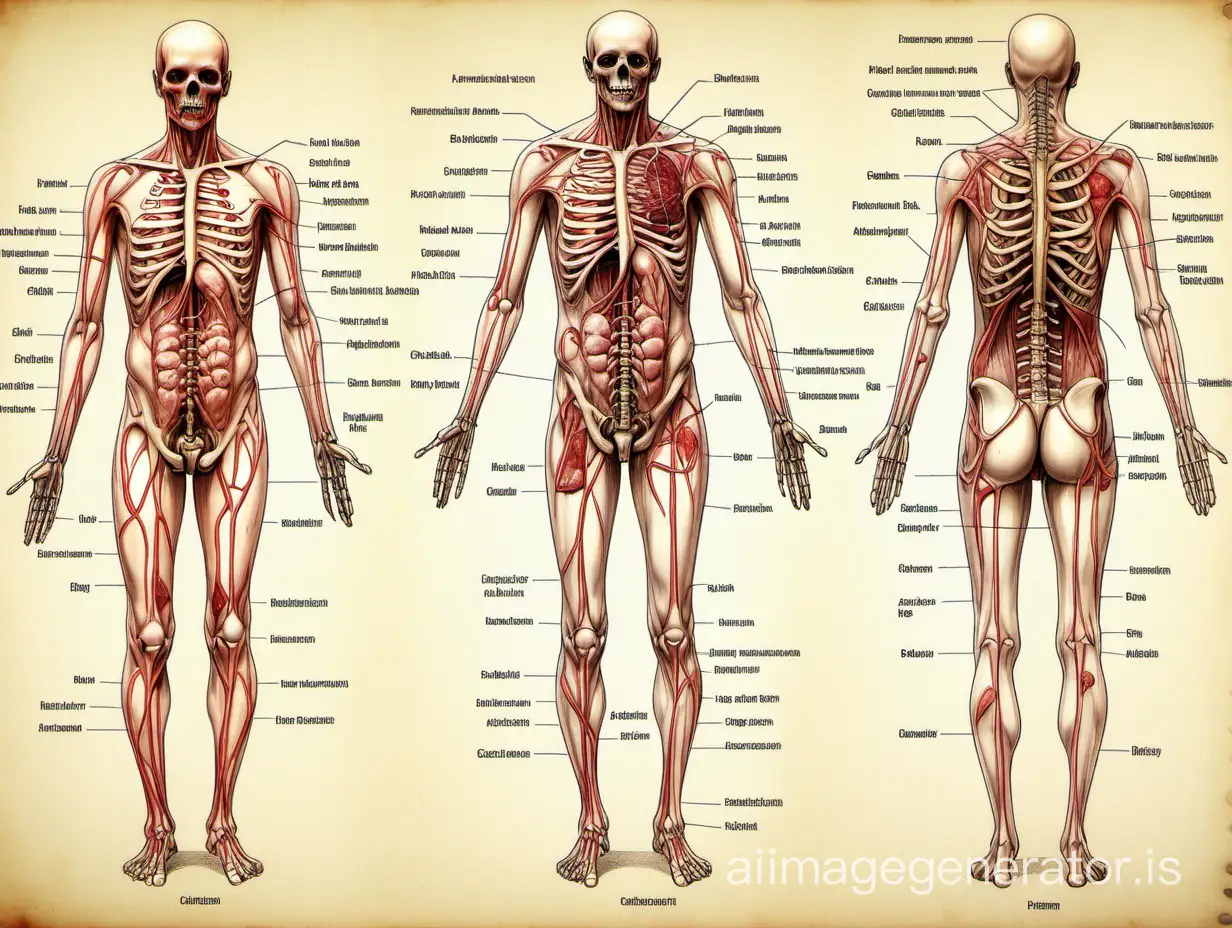
Image Prompt
Prompt
most frequent inflammation points on body - cadaver medical drawing
Model: realistic
Ratio: 4:3
Related AI Images
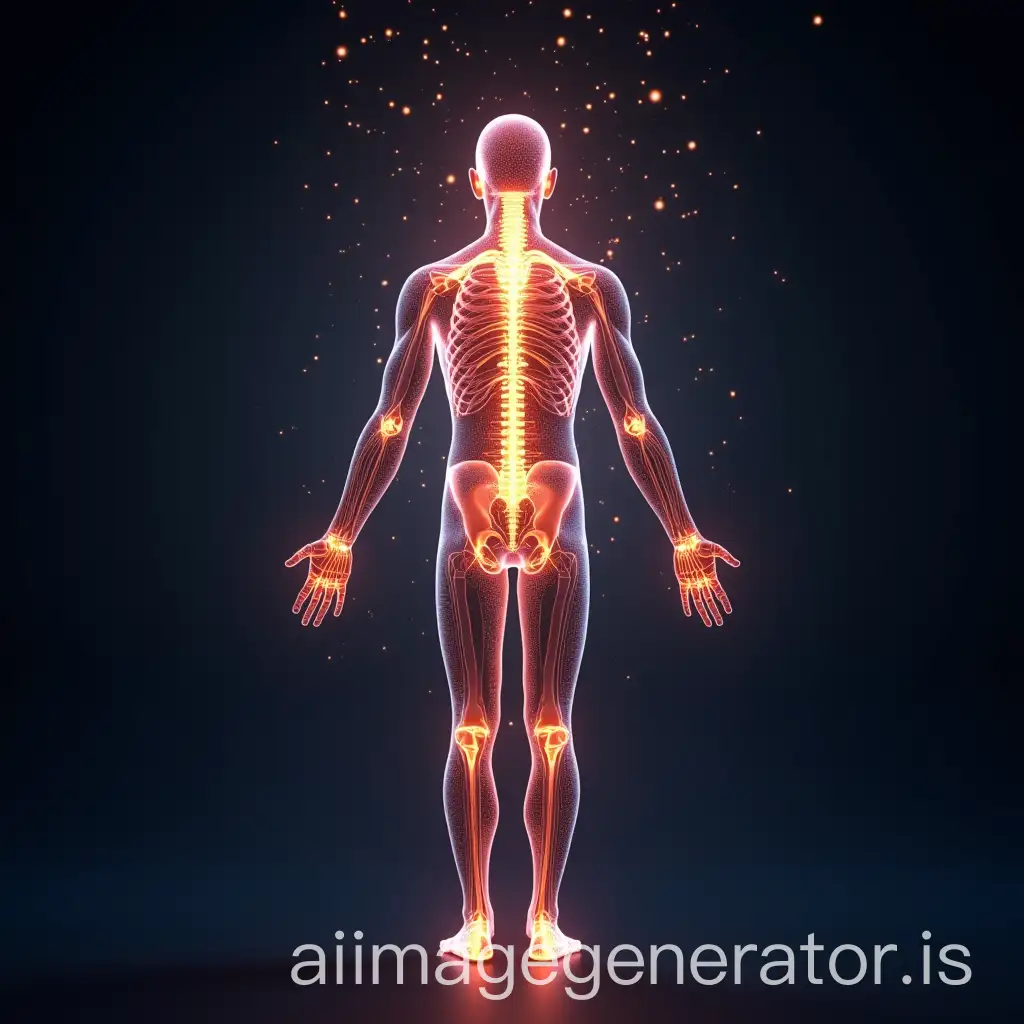
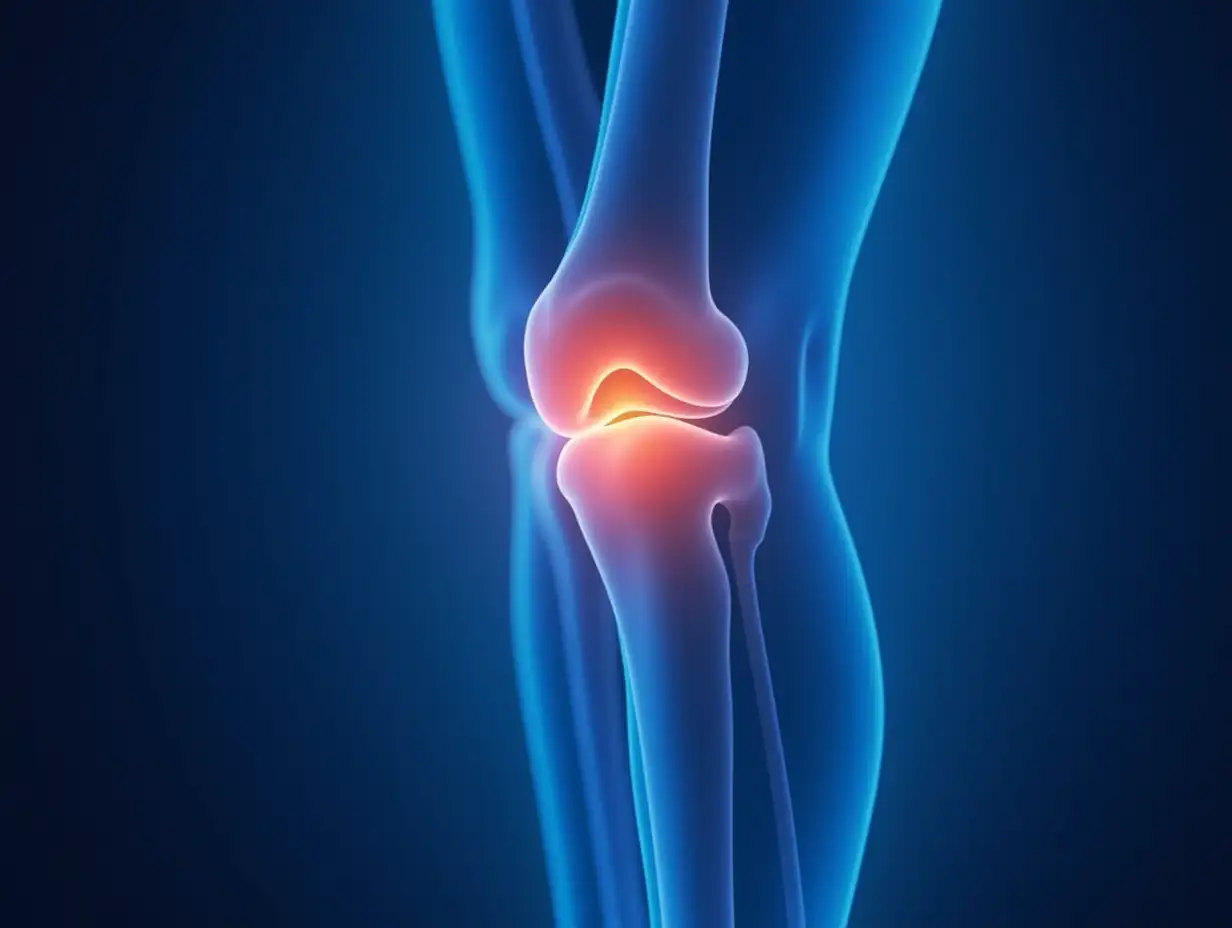


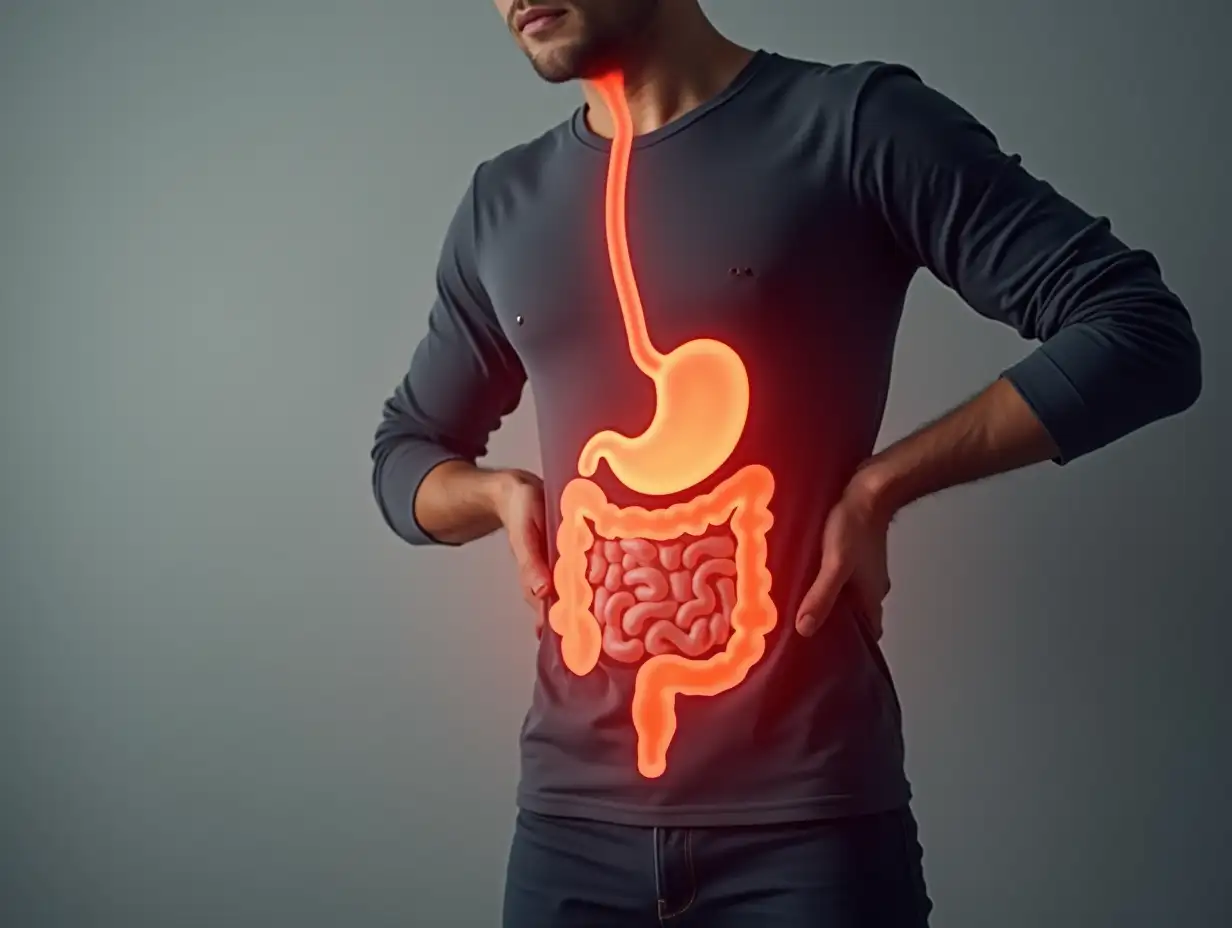

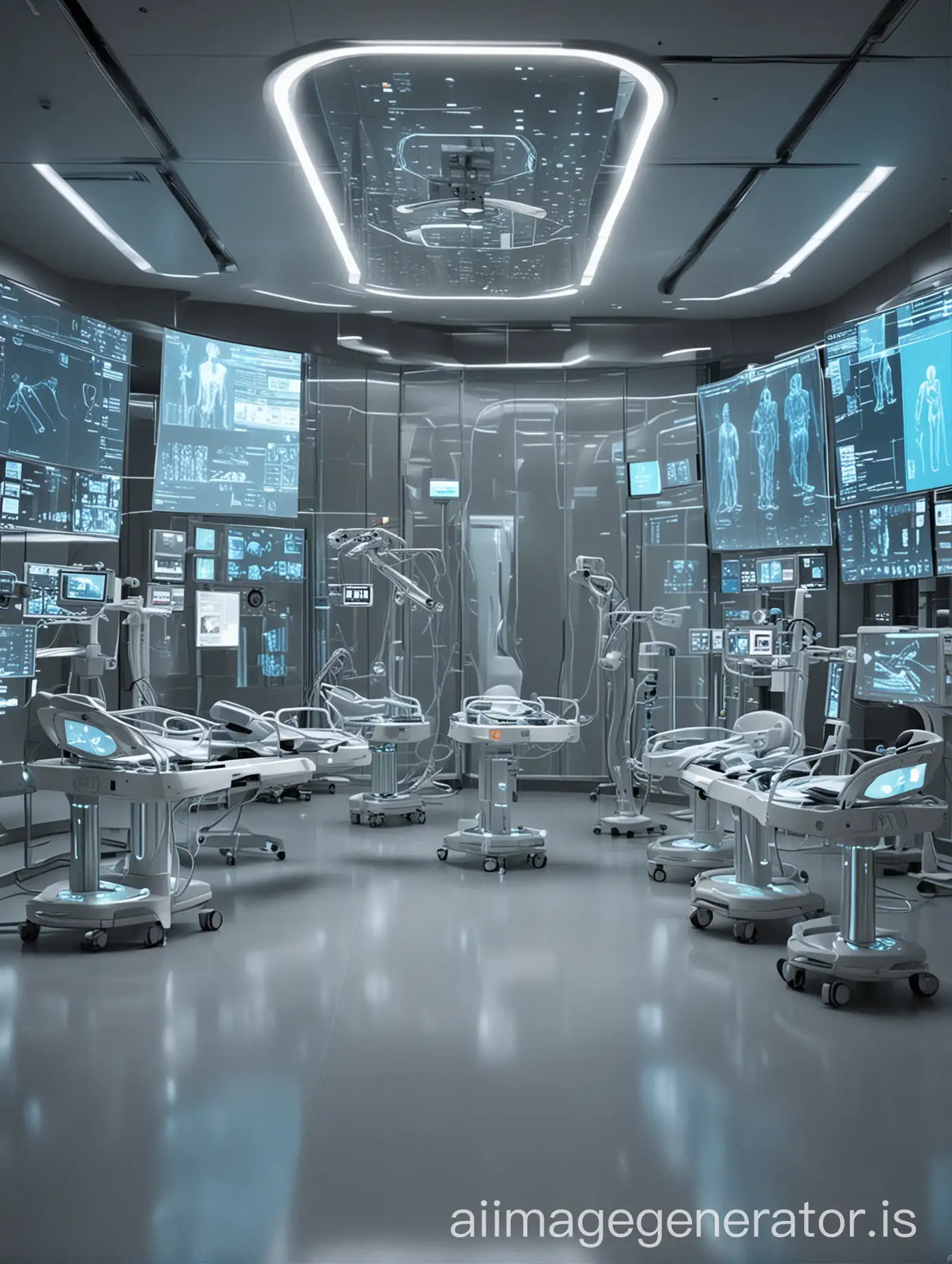
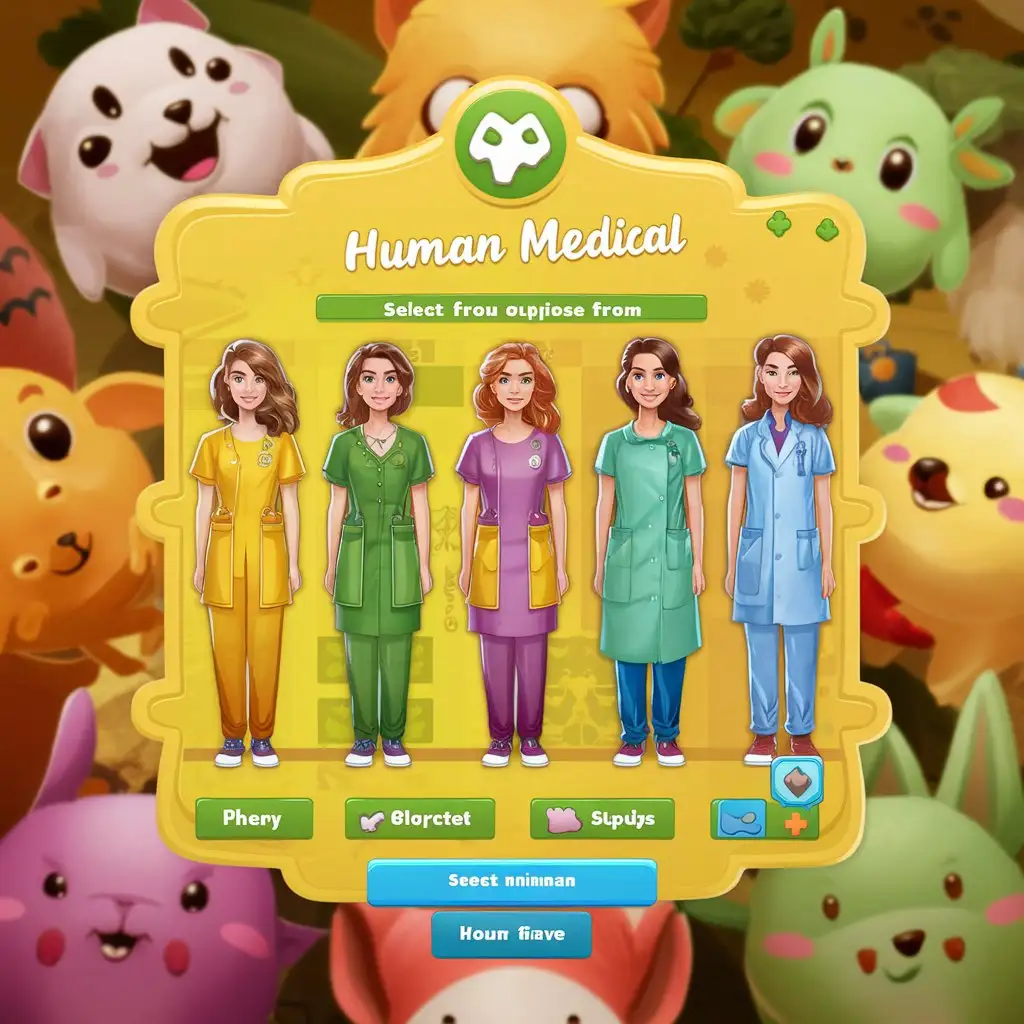
Related Tags
Prompt Analyze
- Subject: The primary subject of the image is a cadaver being depicted in a medical drawing. This subject matter indicates a focus on anatomical details and medical analysis. Setting: The setting likely takes place in a laboratory or medical facility where medical illustrations are commonly studied. The background might include medical equipment, charts, or other anatomical references. Style/Coloring: The style of the drawing is likely realistic, aiming for accuracy in anatomical details. Coloring may be monochromatic or limited to highlight specific areas of inflammation, such as using shades of red. Action: The cadaver is depicted in a static position, intended for study rather than action. The action involves the process of identifying and marking inflammation points on the body. Items: Medical tools such as scalpels, forceps, or markers may be present, aiding in the identification and annotation of inflammation points. Costume/Appearance: The cadaver is likely unclothed or covered with a cloth sheet, allowing for full visibility of the body's anatomy. The appearance may reflect signs of inflammation, such as redness or swelling in specific areas. Accessories: Accessories may include anatomical charts, magnifying glasses, or reference materials used by medical professionals to aid in the analysis of inflammation points.